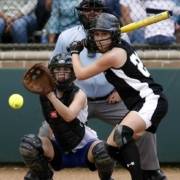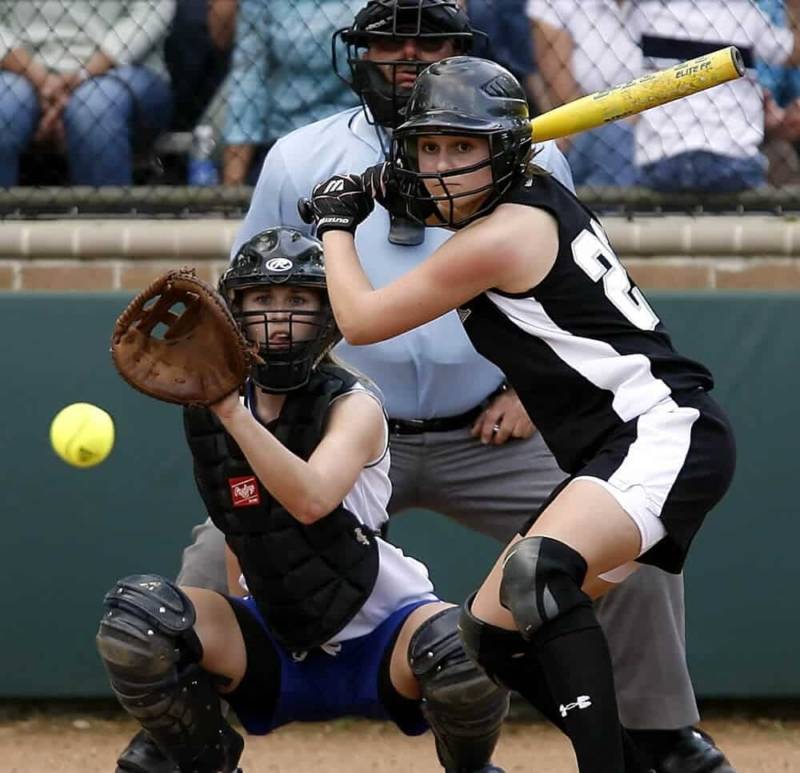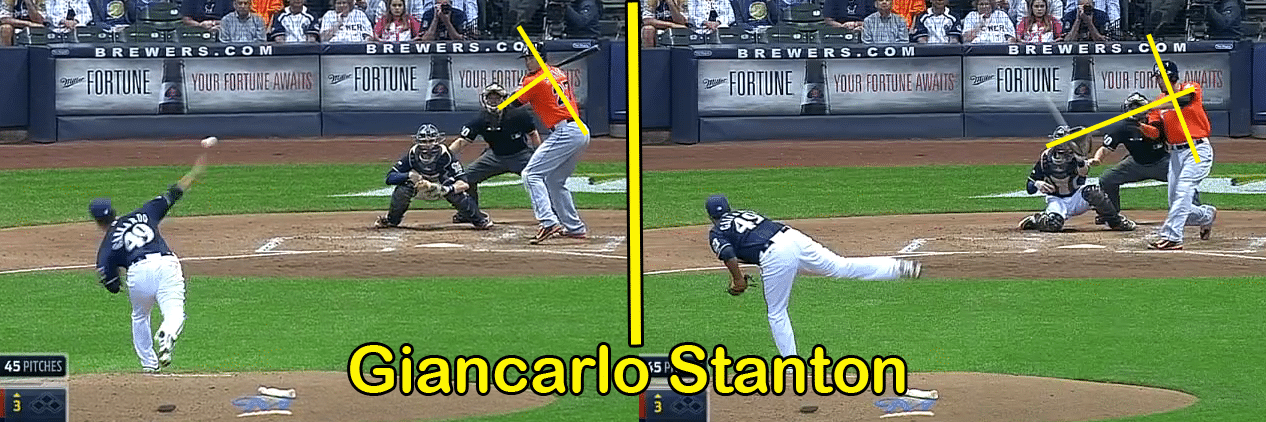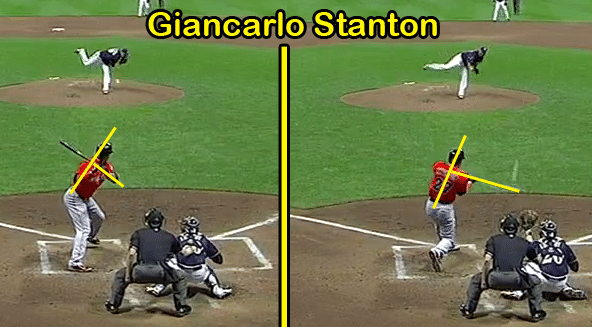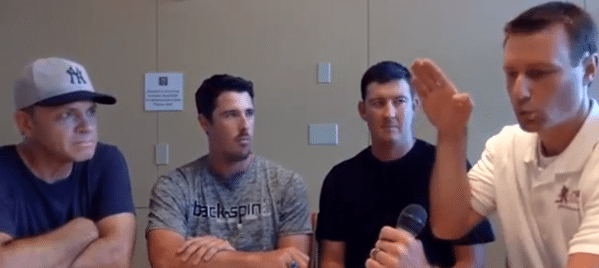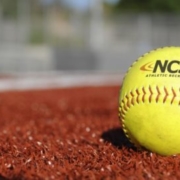
Discover the best baseball radar gun app for iPhone, and learn about this for sale online ultimate guide…
Unleash Your Swing: Ultimate Guide To Finding Best Baseball Radar Gun Introduction
As a passionate baseball hitting instructor, I understand the immense value of performance tracking and improvement in the game. One tool that has revolutionized the way players approach their swing is the baseball radar gun. In this comprehensive guide, I will take you through the world of baseball radar guns, providing valuable insights and recommendations to help you find the best one for your needs.
The Importance of a Baseball Radar Gun
Hitting a baseball with precision and power requires a combination of skill, technique, and timing. To unlock your full potential as a hitter, it’s crucial to understand the mechanics of your swing and make necessary adjustments. This is where a baseball radar gun becomes invaluable. By accurately measuring the speed of your swing and the exit velocity of the ball off your bat, a radar gun provides actionable data that can take your performance to new heights.
Understanding Baseball Radar Guns
Before diving into the selection process, let’s familiarize ourselves with the key aspects of baseball radar guns. These devices utilize advanced technology to measure the velocity of a moving object, such as a baseball. They employ Doppler radar, which calculates speed by analyzing the frequency shift of the radar waves reflected off the object. The radar gun then displays the speed on a digital screen, allowing players and coaches to evaluate and improve their performance.
Factors to Consider When Choosing a Baseball Radar Gun
When seeking the best baseball radar gun, several factors warrant careful consideration. By assessing these factors, you can make an informed decision that aligns with your specific requirements.
Accuracy and Precision
The accuracy and precision of a radar gun are paramount. Look for a model that consistently provides reliable readings and minimizes measurement errors. A radar gun with a small margin of error ensures you receive accurate feedback, allowing you to make precise adjustments to your swing.
Display and User Interface
A clear and user-friendly display is essential for quick and easy data interpretation. Opt for a radar gun that features a high-resolution screen, enabling you to read and analyze the results effortlessly. Additionally, consider a user interface that offers intuitive navigation and customizable settings for a personalized experience.
Portability and Ease of Use
A radar gun should be portable and convenient to use, whether you’re practicing alone or with a team. Look for lightweight and compact models that can be easily carried in your equipment bag. Furthermore, consider a radar gun with straightforward operation, allowing you to focus more on your swing and less on complex device controls.
Compatibility with Devices
In today’s tech-savvy world, compatibility with smartphones and tablets is a desirable feature. Many radar guns come with companion apps that enhance the user experience by providing additional data analysis, performance tracking, and the ability to share results with teammates and coaches. Ensure that the radar gun you choose is compatible with your preferred devices.
Top Baseball Radar Gun Apps for iPhone
Harnessing the power of technology, several radar gun apps have been developed specifically for iPhone users. Let’s explore some of the top options available and their unique features, pros, and cons.
PocketRadar Ball/Smart Coach
Unleash your potential with the Smart Coach App System – the ultimate tool for remote coaching and training. Train at home and accelerate your skills with immediate video and velocity feedback. Showcase your talent to coaches and scouts by sharing videos with embedded speeds and gain extra visibility for recruiting. With the Smart Coach Radar System, you’ll access advanced features unavailable elsewhere, such as instant feedback, history review, and speed-embedded videos.
Maximize improvement with mechanics analysis and share videos socially. Compatible with iOS 14+ and Android 10.0+ devices, this affordable, complete speed and video training system empowers athletes in all sports. The Ball Coach Radar, built with durable high-impact plastic, delivers pro-level accuracy for versatile use. Optimize your performance, create a digital record of progress, and achieve better results. Don’t miss out on this game-changing opportunity. Upgrade now!
Diamond Kinetics SwingTracker Bat Sensor
Unleash your hitting potential with the SwingTracker Bat Sensor. Get a FREE 1-Year DK+ Membership and access DK Games, Guided Sessions, and more. Take real swings and earn rewards in interactive games like Virtual Home Run Derby. Learn from top coaches in engaging Guided Sessions. Diamond Kinetics is the Trusted Youth Development Platform of Major League Baseball.
Download the Diamond Kinetics App and have fun while improving your skills. Immerse yourself in virtual games and challenge yourself with Barrel Speed Climber and Trigger to Impact. Perfect for families – get the Bat Sensor with a FREE 1-year DK+ Membership for up to 4 players. Customize your avatar and player card with collectibles and exclusive MLB skins in the Virtual Clubhouse. Maximize your hitting journey with Diamond Kinetics and unlock the true power of your swing.
Blast Baseball – Swing Analyzer (Sensor)
Unleash your power with the Blast Baseball Swing Analyzer, the ultimate tool for serious players. Trusted by pros, college teams, and top travel teams, this accurate and advanced sensor delivers unreal results. Analyze every swing with impactful metrics, insights, and drills for improvement. Record and review swings with overlaid metrics using smart video capture. Train year-round with Air Swings, even indoors.
Blast Games like Home Run Derby add excitement to your training. Simply attach the Swing Analyzer to any bat and receive instant feedback. The package includes the Swing Analyzer, charger, bat attachment, and smart bat insertion key. Enjoy app updates with progress reports, swing challenges, and baseball card stats. Blast Baseball is your resource for becoming a stronger, more efficient hitter. Unlock your potential, share your success, and achieve game-changing results. Upgrade your swing with Blast Baseball today.
Best Baseball Radar Guns with Displays
If you prefer a dedicated device with a built-in display, there are several exceptional options available in the market. Let’s explore three top models and their features, pros, and cons.
Stalker Sport 2 Radar
Get the Stalker Deluxe Package, featuring the powerful Stalker Sport 2 Radar. Trusted by all 30 MLB teams, it outperforms other radar guns. Accurately measure pitching and running speeds with ease. This durable and well-constructed radar gun will last for years to come. Point and click for instant speed readings. Customers rave about its accuracy, battery life, and exceptional customer support.
Perfect for coaching, it measures release point and arrival speed, teaching kids proper technique. Record bat velocity during practice sessions. Invest in the Stalker Sport 2 and experience professional-grade performance. Don’t settle for cheaper alternatives. Choose reliability, accuracy, and durability. Join the satisfied customers who trust Stalker for their radar gun needs. Upgrade your training and coaching with the best in the game.
Bushnell Velocity Speed Gun
Unleash your need for speed with the Bushnell Velocity Speed Gun. Its large LCD display ensures easy reading, while its point-and-shoot operation delivers accurate speed measurements within 1.0 MPH. This versatile device tracks speeds from 10 to 110 MPH, making it perfect for baseball, softball, tennis, running, and more. Its compact size and 2-year warranty guarantee convenience and durability.
The Velocity Speed Gun utilizes advanced digital signal processing technology for precise results, providing immediate feedback for coaching decisions or personal improvement. Whether you’re timing pitches, serves, or even racing speeds, this reliable device is your go-to solution. Trust the Bushnell Velocity Speed Gun to measure speed like a pro, offering accurate readings and effortless operation. Upgrade your performance and gain an edge in the game with this essential speed-tracking tool.
Sports Radar Tracer Sport Radar Gun
Unlock the power of speed measurement with the SRA3000 Radar Gun. Experience professional performance at an affordable price. This versatile device accurately tracks the speed of balls, clubs, bats, runners, and cars. With its user-friendly design, simply turn it on, point, and pull the trigger for easy operation. Enjoy advanced features like continuous read mode, tripod mounting, and quick read mode for club or bat swing speeds.
Choose between MPH or Km/h speed units and benefit from average speed recall. With a range of 10 to 199 MPH or Km/h, the SRA3000 delivers precise results. Lightweight and compatible with camera tripods, it offers convenience and flexibility. The SRA3000 Radar Gun comes with a storage bag and a 1-year limited warranty. Embrace accuracy and reliability with this premier radar gun. Upgrade your speed tracking capabilities and unleash your full potential.
Affordable Options: Finding Cheap Baseball Radar Guns
Not everyone wants to invest a significant amount in a radar gun. Fortunately, there are affordable options available that still provide valuable insights into your swing. These budget-friendly radar guns may have limitations in terms of advanced features or display quality, but they can still serve as effective tools for performance tracking.
Conclusion
Finding the best baseball radar gun can be a game-changer for your hitting performance. By considering factors such as accuracy, display quality, portability, and compatibility, you can make an informed decision that suits your needs and budget. Whether you opt for a radar gun app on your iPhone or a dedicated device with a display, the insights gained from these tools will help you unleash your swing’s full potential and elevate your game to new heights.
FAQs
- Can a baseball radar gun help improve my swing mechanics? Yes, a baseball radar gun can certainly help improve your swing mechanics. By accurately measuring the speed of your swing and the exit velocity of the ball off your bat, a radar gun provides valuable feedback that allows you to identify areas for improvement. You can make adjustments to your technique, timing, and power based on the data provided by the radar gun, leading to more consistent and effective swings.
- Are radar gun apps as accurate as dedicated radar gun devices? Radar gun apps can provide accurate readings, but it’s important to note that the accuracy may vary depending on various factors such as the quality of your device’s camera and the app’s algorithms. Dedicated radar gun devices are specifically designed for accurate speed measurement and often offer higher precision. If precise and consistent measurements are crucial to you, investing in a dedicated radar gun device might be a better choice.
- Can I use a radar gun for other sports apart from baseball? While radar guns are commonly associated with baseball, they can be used for various other sports as well. Many radar guns have a versatile range and can measure the speed of objects such as tennis balls, soccer balls, or golf swings. However, it’s important to check the specifications and capabilities of the radar gun to ensure it suits your specific sporting needs.
- How can I maximize the benefits of using a baseball radar gun? To maximize the benefits of using a baseball radar gun, it’s essential to use the data it provides effectively. Regularly track your swing speed and ball exit velocity to monitor your progress over time. Analyze the results to identify any patterns or areas that need improvement. Work with a coach or trainer who can help you interpret the data and provide guidance on making adjustments to your swing mechanics.
- Can I share the data from my radar gun with my coach or teammates? Yes, many radar guns, especially those with companion apps, allow you to share your data with coaches, teammates, or training partners. This can be done through email, text messages, or by connecting to a shared platform where everyone can access and analyze the data together. Sharing your data can facilitate discussions, feedback, and collaborative efforts to enhance your overall performance.
Remember, these FAQs are just a starting point, and as you explore the world of baseball radar guns, you may have additional questions specific to your needs and situation. Always consult with experts and professionals in the field to get the most out of your radar gun and optimize your hitting performance.








